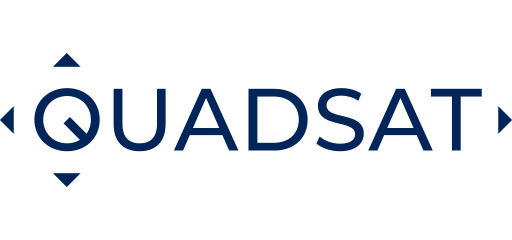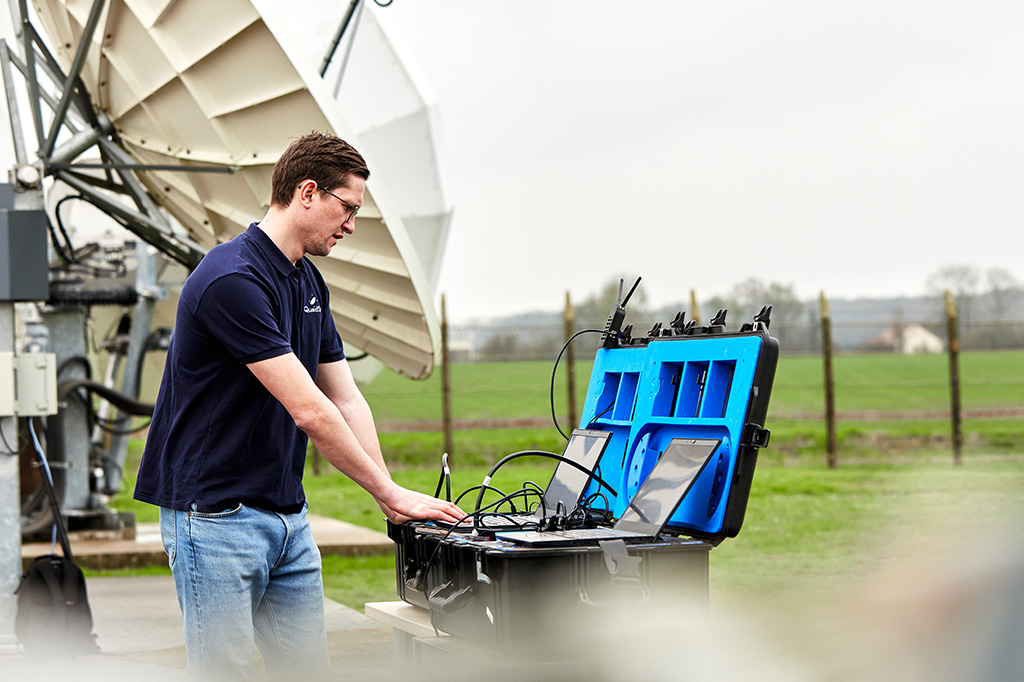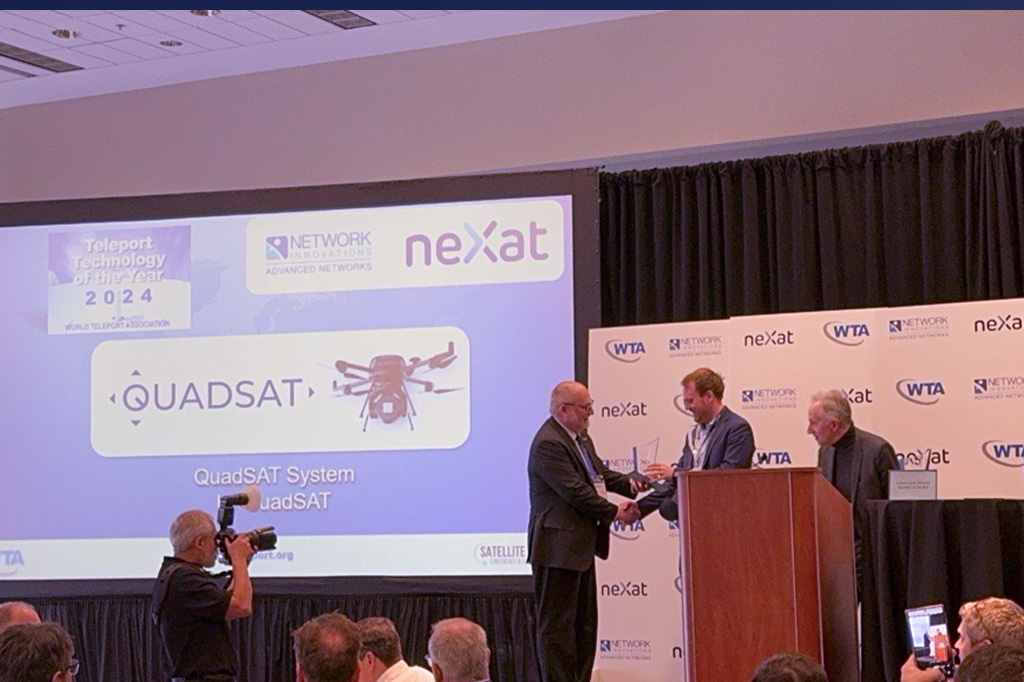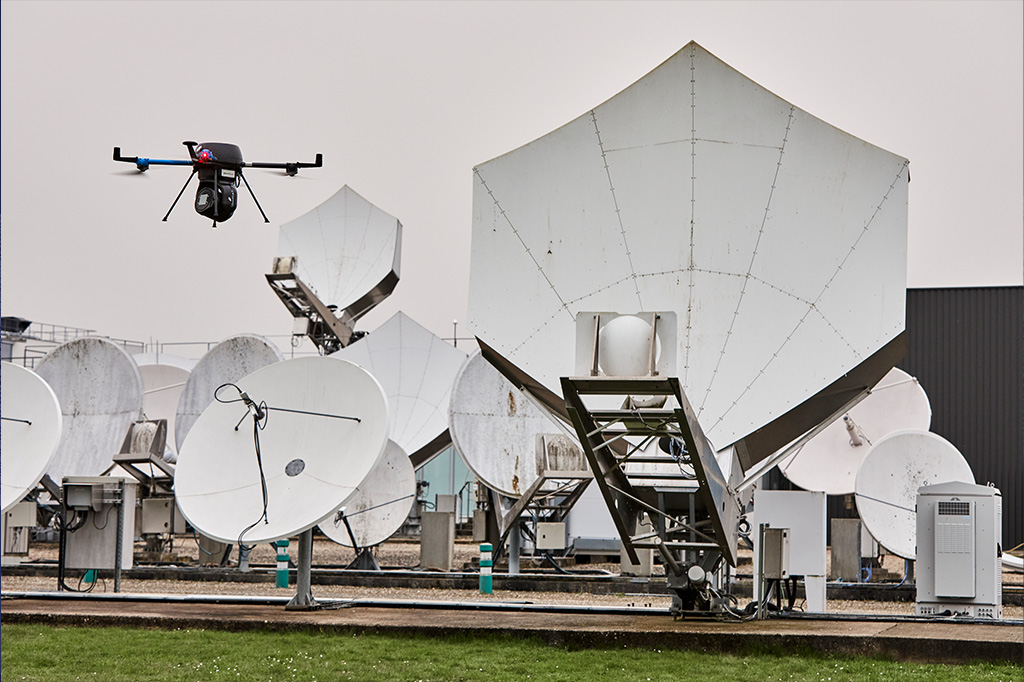After having been relatively constant for many years, the satellite industry is going through a period of significant change and development. LEO has become increasingly popular in recent years, which is unsurprising given the opportunities and benefits that it has the potential to deliver. Alongside the launch of mega constellations in LEO, we are also seeing a shift towards an increasingly multi-orbit environment. The demand for increased connectivity and high availability are key drivers behind both the rapid expansion in LEO and the need for agility across orbits and frequency bands.
We’re increasingly seeing satellite operators merging MEO and GEO satellites with non-geostationary systems in order to meet the demand for high availability. With satellites in both MEO and GEO, SES has been building a multi-orbit network for some time. A number of other satellite operators have also now announced developments around multi-orbit systems. Intelsat recently partnered with OneWeb to bring multi-orbit connectivity to airlines worldwide, using OneWeb’s LEO satellite service combined with Intelsat’s existing GEO satellite service. Eutelsat and OneWeb have announced a merger to create a global multi orbit service.
While LEO satellites have the potential to transform the future of connectivity, their presence also creates technical challenges such as increased RF interference. While all satellites are at risk of RF interference, the non-geostationary nature of the mega constellations in LEO combined with their density, has amplified that risk. In order to minimise interference and service disruption, it is vital that antennas within the LEO ground segment are able to send and receive RF signals accurately.
Designing new antennas
Antennas need to be designed to ensure that the ground segment is able to support and enable innovation in the satellite segment. Developing and designing new style antennas capable of providing continuous connectivity in a multi-orbit, multi-band and multi-network world is big business. According to recent analysis, the Satellite Antenna Market size was valued at USD 3.9 Billion in 2022 and is projected to reach USD 27.8 Billion by 2030, growing at a CAGR of 24.1% from 2023 to 2030. NSR predicted that revenue from FPA equipment sales alone is likely to generate nearly $17 billion in revenue over the next decade.
However, new style antennas will only be successful if they are operating as they should be. Added to that, as technologies such as 5G and IP continue to develop and improve, in order to remain competitive and relevant, as well as enabling these technologies, satellite operators have to ensure that their networks are operating seamlessly with no downtime. This is why accurate antenna testing and measurement is going to be more important than ever as we move forward.
This doesn’t come without its own challenges. Antenna testing for non-geostationary LEO satellites is far more technically demanding than testing GEO or MEO geostationary satellite antennas. This is because of LEO antenna’s complex requirements such as the ability to track and switch satellites without losing connectivity. Traditional testing methods will most likely struggle to effectively meet the needs of tomorrow’s satellite services. This is where drone technology can really make a difference to antenna testing and measurement.
Drone technology is revolutionising antenna testing
QuadSAT has developed a drone-based system for test and verification of radio frequency equipment. The system consists of state-of-the-art drone technology integrated with a custom RF payload as well as automation and measurement software. It is fully automated, and operationally flexible so can be used anytime and anywhere. It is also cost effective, reducing logistics and test time.
Join us at Space Tech Expo
QuadSAT will be at Space Tech Expo in Bremen, Germany on 15th – 17th November. Join us for a panel discussion on ‘Designing the All Singing, All Dancing Antenna: Responding to End-user Terminal Requirement for Future Network Success’.



